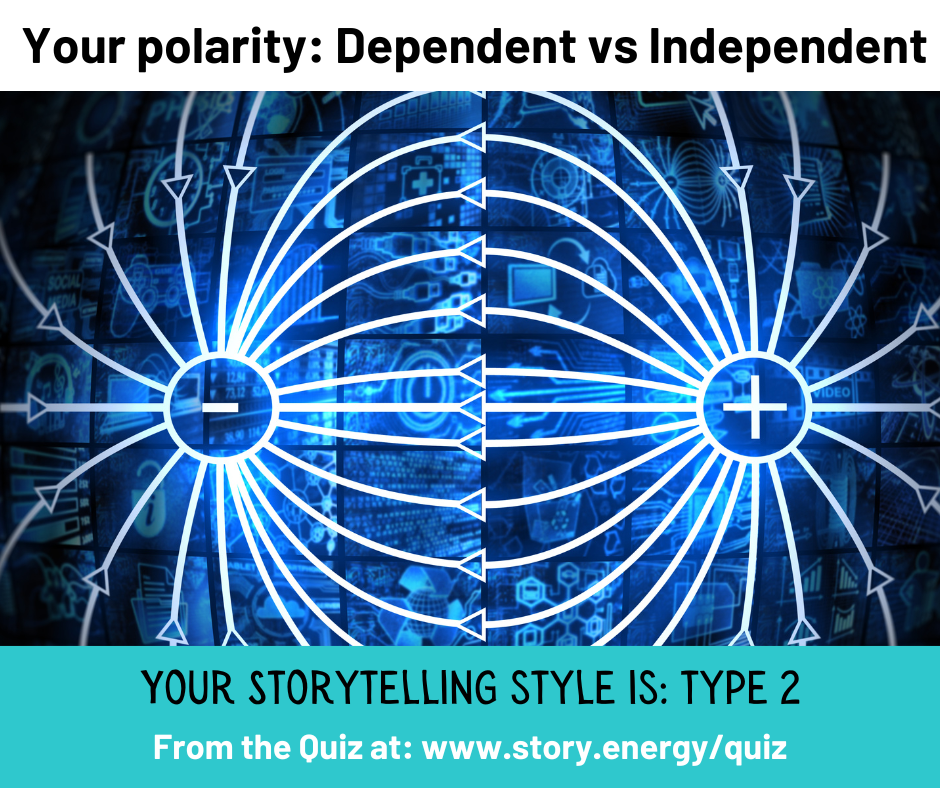Storytelling Style 2
Enneatype 2 is called The Giver, or The Helper
The personal evolution of the Helper is propelled through a tension created by their fixation: the need to help others and the fear of being unloved or unworthy, which reflects the polarity of independence versus dependence. By embracing this tension as a tool for storytelling, the Helper creates stories that honor both sides of this polarity. Through the act of storytelling, they explore the nuances of their own psyche, embracing the essence of who they are and achieving a level of personal growth that is both empowering and transformative.
When Storyweaving, your work channels the spirit of:
PEACE and the Domain of LIFE AND SECURITY
Your Storytelling Style is the orientation of your Ego Fixation, AKA your enneagram type.
Once upon a time, there was an author who had always been driven by their need to help others. Their fixation on being of service to others was both a gift and a challenge. They constantly found themselves caught between the desire to give of themselves fully and the fear of being unloved or unworthy.
As a Storytelling Style 2, the Helper embraced this tension as a tool for storytelling. Through their writing, they explored the nuances of their own psyche, embracing the essence of who they were and achieving a level of personal growth that was both empowering and transformative.
The Helper was inspired by other famous people who were also known for their need to help others, such as Princess Diana, Mother Teresa, and Desmond Tutu. They saw their own desire to help others as a way to connect with and understand the world around them.
Through their stories, the Helper honored both sides of the independence-versus-dependence polarity that drove them, creating characters that struggled with the same tensions as they did. Their writing became a way to explore the complexities of relationships and the power of selflessness.
Through the act of storytelling, the Helper found a sense of purpose and fulfillment that extended beyond the page. Their work spoke to the hearts of readers, evoking emotions and inspiring action.
As the Helper continued to write, they found that their own personal evolution was propelled forward by their fixation. They learned to embrace their desire to help others while also acknowledging their own needs and boundaries. By sharing their own struggles and triumphs through their writing, they were able to connect more deeply with others and create stories that were both inspiring and transformative.
The truth your stories help us remember:
The awareness that Reality, moving with direction and according to fixed natural laws, flows with a certain force. The easiest way to deal with this force is to move with it. This is true freedom. -Ichazo, 1972
Your storytelling shadow may sound like:
“People won’t be able to survive without me. Others don’t appreciate all I can do for them.”
See, your Storytelling Style is what it is, because The Art of Transformational Storytelling is YOUR vehicle for transforming YOURSELF, with a side effect of transforming your audience.
We have made a powerful in depth course on this topic exactly:
More details about type 2:
Type 2 Distorted Instincts
Fixation: Resentment
Passion: Pride
Type 2 Undistorted Instincts
Holy Idea: Holy Freedom
Virtue: Humility
Type 2 Emotional Polarities:
Humility vs Pride
What causes me stress:
What makes me angry:
The nature of my anger:
Intense, often sudden, emotional outbursts. Accusations. Crying.
The ultimate goal of my development:
The ultimate goal of my development:
To realize that we are all loved for who we are, not for how much we give or how much we are needed by others; that the needs of all are invariably and ultimately met.
How I can further my development:
Realize that being loved does not depend on changing myself for others and having them need me. Notice and practice taking care of my own needs and wants. Use anger and rising distress as signals that I am not meeting my own needs. Practice setting limits and saying “no” to requests. Notice when my helpfulness seems intrusive or controlling to others.
What hinders my personal development:
Airtight rationalizations about what I have to do for others before I can do anything for myself. Pride that prevents me from admitting my own needs. Feelings of guilt about being selfish when I pay attention to my needs. Difficulty in receiving from others.
How others can support my development:
Appreciate my independent self, instead of being seduced by or dependent on the help I give. Pay attention to my real needs and ask about them. Reinforce me for saying no when appropriate.
Wounded Childhood message:
“It’s not ok to to have your own needs” or “It’s not ok to be a burden” or “It’s not ok to put your needs first.”
FAMOUS TWOS
Tammy Faye Bakker, Harry Belafonte, Child psychologist T. Berry Brazelton, Filmmaker Ken Burns, Actress Ellen Burstyn, Leo Buscaglia, Barbara Bush, Glenn Close, Bill Cosby, Self-help author Barbara de Angelis, John Denver, Princess Diana, Faye Dunaway, Mia Farrow, Feminist Betty Friedan, Kathie Lee Gifford, Danny Glover, Roosevelt Grier, Melanie Griffith, Former U.S. Ambassador Pamela Harriman, Leona Helmsley, Psychologist Karen Horney, Whitney Houston, Arianna Huffington, Actress Anne Jackson, Author Erica Jong, Actress Sally Kellerman, Actress Sally Kirkland, Diane Ladd, Jerry Lewis, Actress Susan Lucci, Madonna, Alma Mahler, Imelda Marcos, Florence Nightingale, Merlin Olsen, Yoko Ono, Jack Paar, Jack Perkins, Fitness author Susan Powter, Priscilla Presley, Sally Jessy Raphael, Nancy Reagan, Mr. Rogers, Family therapist Virginia Satir, Danielle Steel, Sally Struthers, Mother Teresa, Marlo Thomas, Actor Richard Thomas, Actress Jennifer Tilly, John Travolta, Ivana Trump, Desmond Tutu, Actress Lesley Ann Warren, Brazilian singer Xuxa.
Now you know and can recognize the deep nature of your storytelling style in relationship to your personality type! Discover how to gain the maximum benefit from this information in the in-depth course, below.

